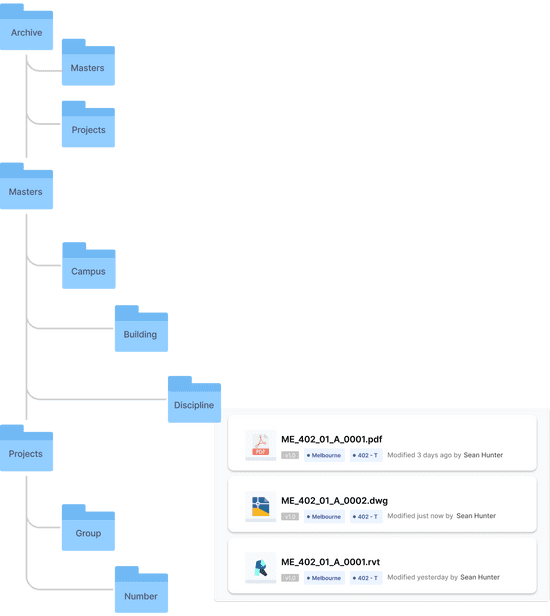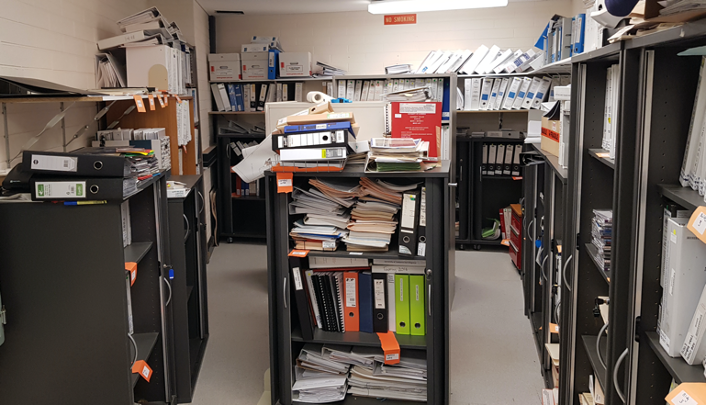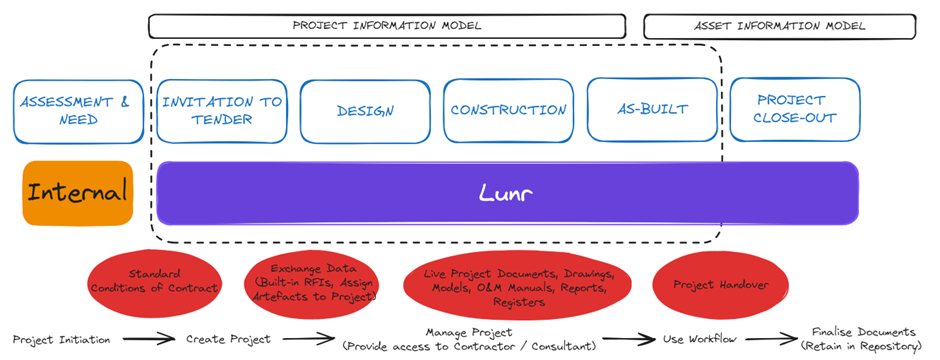Missing AutoCAD Xrefs?

Are you aware of the potential risks that come with receiving drawing packages with missing External References (Xrefs)?
While DWG is the proprietary native file format for AutoCAD, it will persist as a standard with the support of several editing applications such as BricsCAD, ZWCAD, DraftSight, NanoCAD, and more. Additionally, generic document products like Dropbox view the DWG format. We acknowledge that DWG represents the most common ongoing format for 2D engineering documentation. In that case, many engineering organisations and asset owners have made massive investments and have an ongoing interest in the value of DWG as a knowledge store and a means of communication.
In another post, we explored the value of title block integration to ensure that metadata in your engineering document management system accurately reflects title block information contained within the DWG format. In this update, we explore the compounding value of adding integration for external references (Xrefs) on top of title block integration.
Do you understand the implications of receiving drawings without Xrefs? During the design phase, Xrefs are a valuable feature, allowing multiple drawings to update in response to changes in a common reference drawing. However, this dependency can become a liability during drawing handover. If your organisation relies on the DWG format, the handover of referenced drawings can pose a significant risk. The lack of direct identification of these drawings in transmittals can lead to linked dependencies (missing Xrefs) going undetected during handover.
To check this in AutoCAD, use the Xref command to display the dialogue and check for the ‘Found At’ path on external references. You have a missing reference where the ’Saved Path’ is included, and the Found Path is empty. This can be a raster image or a drawing, but missing Xrefs leave gaps in your data.
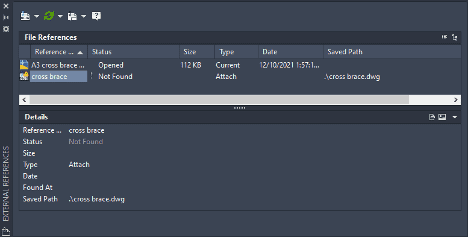 Your EDMS (Engineering Document Management System) should validate incoming packages of drawings to check for missing Xrefs. Without this feature, drawings are received and booked into the EDMS, where the absence of linked dependencies may go unnoticed until the drawings are required for operations and maintenance.
Your EDMS (Engineering Document Management System) should validate incoming packages of drawings to check for missing Xrefs. Without this feature, drawings are received and booked into the EDMS, where the absence of linked dependencies may go unnoticed until the drawings are required for operations and maintenance.
The Lunr Engineering Document Management System interrogates Change Requests on upload to validate drawings and identify missing Xrefs.
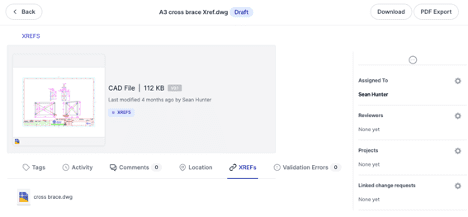 If your current EDMS is not validating Xrefs on submission, it isn’t easy to catch up after project closure. You need this information at the time of submission and, ideally, should provide this feedback to the external party to allow them to validate, amend, and resubmit the drawing package without your intervention. In this way, you’re ensuring the ongoing integrity of your EDMS and maintaining its value to system users.
If your current EDMS is not validating Xrefs on submission, it isn’t easy to catch up after project closure. You need this information at the time of submission and, ideally, should provide this feedback to the external party to allow them to validate, amend, and resubmit the drawing package without your intervention. In this way, you’re ensuring the ongoing integrity of your EDMS and maintaining its value to system users.
